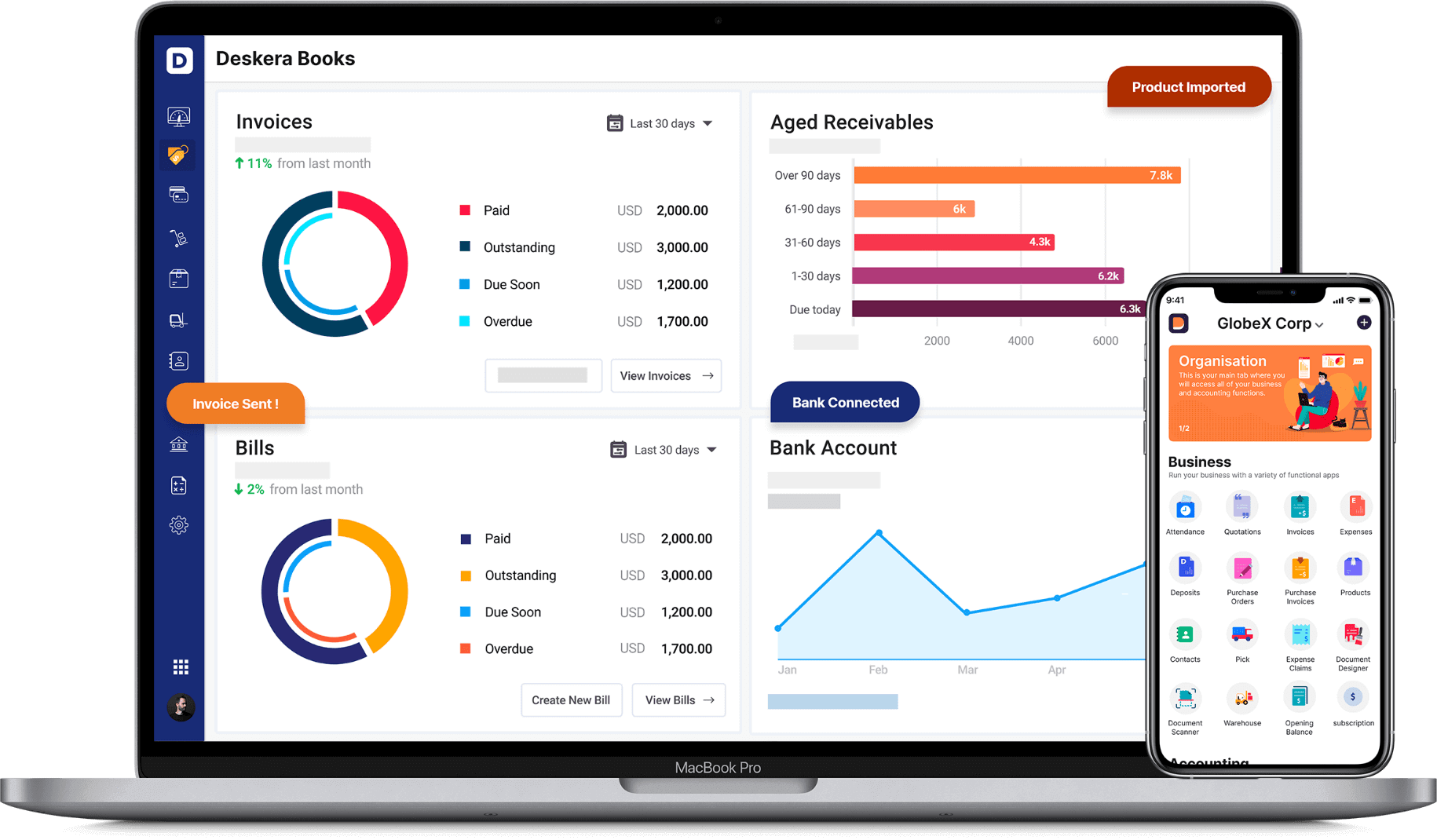Out of all the 118 women appointed in the textile factory in New Delhi, four women have used their maternity leave in the last 2 months. The Inspector enquired about a record - maternity forms - central muster roll form A from the manager. He had no clue how to deliver the same, so he took help from the internet and was able to submit the required details using maternity forms - central muster roll form A.
The employer must keep a register containing specific information on employees on maternity leave.
This includes employee details, including entry details, service details, delivery details, maternity allowance paid, etc. The employee must provide this information if requested by the Inspector.
Table of Contents
- About The Maternity Benefit Act, 1961
- The Relevance of Maternity Forms
- Applicability of Maternity Forms - Central Muster Roll Form A
- Eligibility for maternity forms
- Duration Of The Leave to be filled in the Maternity Forms
- Maternity Forms for Kind of Work to be Given to Expecting Women
- Maternity Forms under the Maternity Benefit Act, 1961 and its benefits
- Payment Of Maternity Forms Benefits In Different Circumstances
- Sample and Inclusions of Form A – Maternity Forms
- Other Compliances of Maternity Forms
- Conclusion
- Key Takeaways
About The Maternity Benefit Act, 1961
The Maternity Benefit Act, 1961 is a law regulating the employment of women in specified institutions during a specified period before and after childbirth and providing for maternity allowance and certain other benefits.
It comprises the maternity forms - central muster roll Form A besides other compliance maternity forms, which contain details of women who have used the maternity leave to be submitted to the authorized Inspector when asked.
The Relevance of Maternity Forms
Maternity Allowance is a benefit given to pregnant women or mothers of newborn babies on fully paid leave from paid employment, together with other benefits before and after the birth of the child to facilitate the care of the child by women.
The Maternity Benefit Act of 1961 has been defined as "an advantageous legislative act, and its purpose is to ensure the safety of the work of the woman who works. " It has been established that childbirth and care are part of the fundamental rights of children and women and that, therefore, the employer must pay maternity benefits.
Applicability of Maternity Forms - Central Muster Roll Form A
- The Act covers all of India and covers factories, mines, plantations, stores, and commercial establishments
- The maternity forms are applicable for a woman employed directly or through an agency for remuneration in an institution
- Within the scope of Article 2(1)(a), the law applies to all establishments, including establishments with 10 or more than 10 employees who fall within the scope of the law; this also includes the private sector.
Maternity forms don't apply to:
- Firms with less than 3 employees
- Government organizations
- Organizations centered on central government
- an establishment employing people to perform equestrian, acrobatic, and other shows
The Maternity Forms apply to all establishments with 10 or more employees.
Eligibility for maternity forms
Section 5(2) of the Act states that for a woman to be entitled to maternity form benefits under the Act, she must have been employed in the establishment for at least 80 days in the 12 months immediately preceding the woman's expected childbirth. (The time frame was reduced from 160 days to 80 days due to the 2017 change.)
- This 80-day period does not apply to women who immigrated to the State of Assam and became pregnant during immigration)
- The field of women workers covers all types of employment, whether direct or through agencies or contracts
- Even day laborers were also entitled to maternity benefits under the law
- Maternity allowance and fully paid leave cannot be refused to contract agents
Duration Of The Leave to be filled in the Maternity Forms
By the provisions of the law, the duration of maternity leave in the various cases is as follows:
- 26 weeks for a woman with up to 2 surviving children. The woman can take up to 8 weeks of maternity leave before giving birth and the remaining 18 weeks after giving birth at her discretion
- 12 weeks for a woman who already has 2 or more children. The woman can take up to 6 weeks of leave before the birth and the remaining 6 weeks after the birth of the child, at her discretion
- 12 weeks for a woman who has adopted a child less than 3 months old from the date of delivery of the child
- 12 weeks for a mother giving birth, who implants her embryo in another woman called a hostess/surrogate mother from the date of delivery of such a child
- 6 weeks for a woman victim of a miscarriage, from the date of termination of pregnancy, upon presentation of the supporting document referred to in Article 6 of the law. In addition, a woman who has had a miscarriage but has not worked in the facility for 160 days in the previous 12 months can also apply for miscarriage leave
- 2 weeks for a woman who has undergone a tubectomy from the date of the intervention on presentation of proof under section 9(A) of the law
- 1 month for women with illnesses resulting from pregnancy, miscarriage, premature delivery, childbirth, medical abortion, or tubectomy, as well as salary according to the maternity allowance
Maternity Forms for Kind of Work to be Given to Expecting Women
The female employee cannot be hired to perform functions of the following nature under article 4 of the law:
- Heavy work
- Work that requires standing for a long time
- Work that could affect pregnancy or normal fetal growth
- Work that can cause your miscarriage
- Work can adversely affect your health
Maternity Forms under the Maternity Benefit Act, 1961 and its benefits
Cash benefits
Within the framework of Article 5, paragraph 1, every woman is entitled to a maternity benefit of an amount equal to the average daily wage for the duration of her effective absence, i.e., for the entire period of maternity leave (including the time before delivery, the actual date of delivery and time after delivery)
Breastfeeding breaks
Until the 15th month of the child's life, each woman is entitled to 2 breastfeeding breaks of the prescribed duration to breastfeed the child, apart from the authorized rest break, by section 11 of the law, by routine daily work.
Day Care
Under Section 11(A) of the Act (added by the 2017 Amendment), every establishment employing more than 50 people must have daycare for the baby, and the mother must be authorized to perform 4 daycare visits per day, including breastfeeding breaks and rest breaks granted to her.
Duties
Under section 5(5) of the Act (inserted by the 2017 amendment), if the job profile of women permits, the employer may authorize the performance of duties for these women after the end of maternity leave. The duration and conditions of this work may be determined by mutual agreement between the employer and the employee.
Medical bonus
The woman gets Rs. 1000 from the employer if the prenatal and postnatal care is not provided free of charge by the employer, as mentioned in Section 8(1) of the Act.
Prevention of dismissal
The law prohibits the employer, under Article 12, from dismissing an employee or denying her the statutory maternity forms benefit. Except in the event of gross negligence on the part of the employee. The employee may file a complaint with the prescribed authority in the event of dismissal or withdrawal of these benefits within 60 days of receipt of the order.
Payment Of Maternity Forms Benefits In Different Circumstances
According to the provisions of the law, the maternity benefit in the event of death is granted as follows:
- If mother and child survive, maternity benefit is granted for 26 weeks
- If the wife survives, but the child does not, maternity benefit is granted for the duration of the leave. Under Article 7 of the law, maternity allowance is paid to the legal representative or candidate
- If the mother dies and the baby survives, the maternity allowance for the baby will continue to exist
Sample and Inclusions of Form A – Maternity Forms
|
|
|
|||||||||||||||||||||||||||||||||||||||||||||||||||||||||||||||||||||
|
||||||||||||||||||||||||||||||||||||||||||||||||||||||||||||||||||||||
Other Compliances of Maternity Forms
Form G – If the woman has appealed to the authorized authority, such a request will be processed using Maternity Form G
Form H - If the woman has made a complaint to the inspector, such a request will be processed using Maternity Form H
Form I - If the nominee of the expecting mother has made a complaint to the inspector, such a request will be processed using Maternity Form I Annual Return
Form 22 - Maternity Forms Benefit – A Claim for Maternity Forms Benefit will be filed using this form
Form 20 - Maternity Forms Benefit – A Certificate of Pregnancy using this form will be prepared and given to the inspector
Form 19 - Maternity Forms Benefit – The Notice of Pregnancy should be prepared using this form
Conclusion
Everyone has basic rights that are important to their existence. For the social, economic, and moral growth of society, it is necessary to create a balance. Therefore, the framers of our Constitution included certain provisions that specifically include women and speak about maternity benefits forms, such as Article 42 providing for fair and decent working conditions and maternity protection, and Article 14 – right to social equality for all genders. The amending law entered into force on April 1, 2017, covering maternity forms benefit schemes. The factories will have to bear the costs of employee leave in full.
How Can Deskera Assist You?
Deskera Books can help you automate your accounting and mitigate your business risks. Creating invoices becomes easier with Deskera, which automates a lot of other procedures, reducing your team's administrative workload.

Key Takeaways
- Maternity Leave is the right entitled to every working woman, whether she is working at a shop, establishment, mine, or a factory
- The Maternity forms are placed under the Maternity Benefit Act, 1961, which designs certain compliances to be followed by employers and owners, providing various kinds of benefits to women
- The amendment in maternity forms introduces a new provision that allows women to work from home, depending on the nature of the work they are required to do; work can be determined by mutual agreement between the employer and the employee; this faculty does not end after childbirth, but can also be continued after childbirth for a determined period by mutual agreement between the employer and the woman
- The amendment in maternity forms introduces a new provision to have nursery schools within a certain distance; the mother is allowed 4 visits a day to the day-care center, including her rest time
- The owners and employers should provide information for employees on the right to maternity leave; this provision requires that employees be informed, at the time of employment, of the maternity benefits and maternity forms to which they are entitled
- There is a strict law regarding the termination of women in the event of absence or pregnancy; if the employer has fired the employee, he must pay her the maternity allowance or bonus provided for by law, or the woman can appeal to the authorities
- The government has appointed law enforcement inspectors who will be civil servants as defined in S.21 of the Indian Penal Code
- An inspector can initiate an investigation on his initiative or upon a complaint from the employee
- If, after the investigation, it appears that the complaint is justified, the inspector can instruct the employer to pay the employee; if the employee is not satisfied with the inspector's decision, she may appeal to the prescribed authority
- If the employer does not pay the amount, he will be penalized according to the provisions of the law. It is punishable by a term of imprisonment of at least 3 months, which can be extended up to 1 year, with a fine of at least 2000 rupees, which can go up to 5000 rupees
- Every woman is entitled, and her employer is responsible, to the payment of maternity allowance at the average daily wage for the period of her actual absence immediately before and including the day of her birth and for the 6 weeks immediately after that
- The normal daily wages of a woman who is entitled to maternity forms allowance are not deducted based on:
- (i) the nature of the work entrusted to him by the law
- (ii) the breaks for feeding the baby that is permitted by law
- If a woman works in an institution after being authorized by her employer to be absent for a certain period, during the permitted absence, she will lose the right to maternity forms allowance for that period
Related Articles











